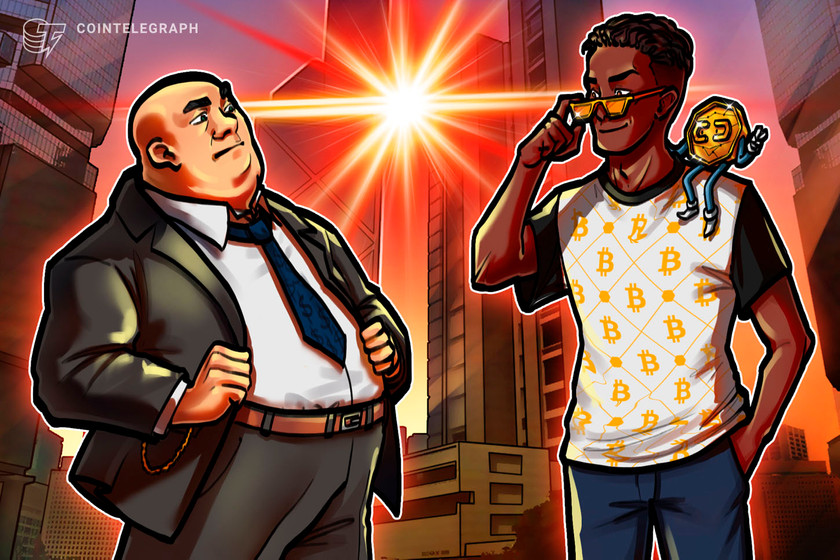Alluding to the spate of controversies that have beset the project, Ripple CEO, Brad Garlinghouse, has argued that Ripple’s “transparency has opened us up to attack.”
“10 or 100x more transparent than anyone else in crypto”
In an interview for the Off the Chain podcast hosted by Morgan Creek Digital Assets co-founder Anthony Pompliano on Oct. 9, Garlinghouse said there is a “bunch of misinformation” out there, but claimed that this is in part because Ripple is “ten or a hundred times more transparent than anyone in the crypto community.” He said:
“Our transparency has opened us up to attack […] Ripple has tried to lead by example.”
Pompliano revealed that by far the most listener questions related to the high-profile controversy over Ripple’s handling of XRP token sales, to which the CEO reiterated his earlier reassurances that the firm would choose to dump tokens and depreciate XRP’s value given that it is “the most interested party in the success and health of the Ripple ecosystem. We own a lot of XRP.”
He outlined how Ripple manages its XRP token holdings, noting that the company had created 55 escrows, each containing 1 billion XRP that become unlocked once a month.
Once released, he said Ripple returns 80% of the XRP back into newly-created escrows for the future. He emphasized that while Ripple may own the escrows, they have cryptographic signage on their contracts, meaning that the firm can’t open them at its behest.
With the remaining released XRP, Garlinghouse said Ripple either sells the tokens programmatically or over-the-counter (OTC) to institutional clients wanting exposure to XRP.
Now that the market has become more liquid, however, he said these OTC sales are declining and Ripple often refers such clients elsewhere.
Overall, Garlinghouse estimated that Ripple sells XRP at 10 basis points of daily market volume — i.e. 99.9% of XRP volume is not connected to Ripple.
“We’re the only example of crypto and blockchain being used at scale, period”
Garlinghouse also made the claim that Ripple is the “only example of crypto and blockchain being used at scale, period.”
While he conceded that he was himself long on Bitcoin — “it is working, it is scaled” — he said that when it comes to blockchain enterprise solutions, Ripple is the only project out there that has passed experimentation and moved onto scaled implementation.
In a sign, perhaps, of the prevalence of Ripple-related controversies, Garlinghouse’s discussion of the relation between Bitcoin and XRP circled back to another contentious issue.
The CEO noted that several former Bitcoin engineers, as well as Ripple founders, were involved in the creation of the XRP ledger, yet underscored that “the XRP ledger was created before the company Ripple existed.”
As reported, community members have previously taken the company to task for ostensibly attempting to obfuscate the nature of its relationship to XRP.
Cory Johnson — a former Bloomberg TV anchor who worked roughly a year as Ripple’s chief markets strategist — has come under fire recently for his controversial analogy that “Ripple’s relationship to XRP is akin [to] Chevron’s relationship to oil.”
Garlinghouse himself had previously used the analogy in an argument against yet another controversy: XRP’s possible security classification.
“Exxon owns a lot of oil,” he noted. “That doesn’t make oil a security.”








